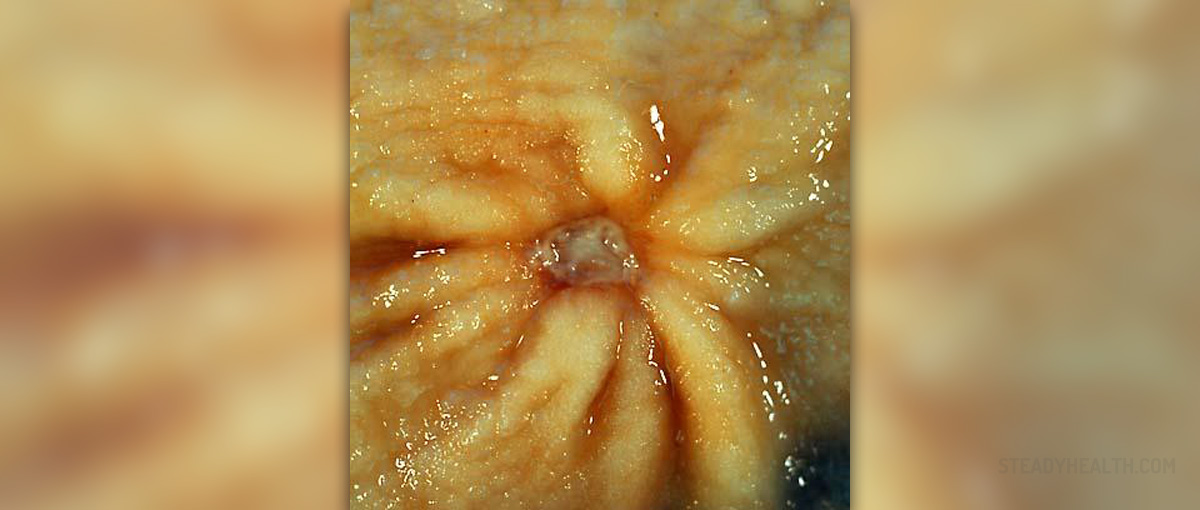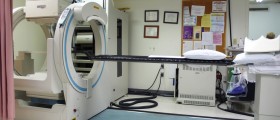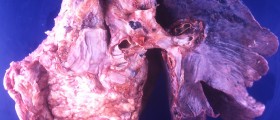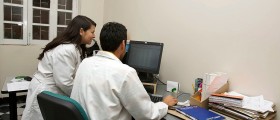
There are many things that can be felt during breast self-exam and, of course, not all of them are malignant. Several benign tumors are known for appearing in the breast tissue for certain reasons and due to certain factors, and fibroadenomas are among them.
What are fibroadenomas?
Fibroadenomas are benign, non-cancerous tumors in the breasts, composed of glandular and fibrous breast tissue. There can be a single fibroadenoma or a group of them, in some or both breasts. Even though these tumors are benign, having multiple fibroadenomas may slightly increase the chance of breast cancer.
Fibroadenomas are round, smooth and rubbery and they can be moved around. In fact, they are so mobile that some women refer to them as “breast mice”, because of the way they change position when pressed with a finger. They are not painful but they can become tender to touch, especially before periods, when they swell and increase in size.
As for the size, it can range from 0.4 inches to two inches, although there are registered cases of giant adenomas, the size of a small lemon.
Fibroadenomas affect approximately 10 percent of all women. They are more common in women between the ages of 15 and 30. They are also common in pregnancy. The exact cause of these benign tumors is unknown, but it is suspected that fluctuations in hormonal levels, especially estrogen, play a significant role.
Diagnosis and treatment
After they are felt during a physical exam or a self-exam, fibroadenomas should be confirmed through diagnostic tests. Usually an ultrasound test will be enough, because fibroadenomas respond well to sound waves and present themselves as homogenous dark spots with a definite outline. Sometimes doctors prefer confirming the diagnosis through an MRI but the most conclusive test is fine needle or core needle biopsy.
Small and painless fibroadenomas that do not grow and do not result as abnormal in biopsy do not require any particular treatment, but it is recommended to have regular follow-up ultrasounds. Larger fibroadenomas, especially if they continue growing or if the biopsy results show atypical activity, may have to be removed. Options for removing fibroadenomas include laser ablation or cryoablation. Ablation can be done as an out-patient procedure, without having to stay in the hospital. It usually leaves only a small scar that fades with time and the recovery is relatively fast.
Fibroadenomas may go away spontaneously, but there is a 20 percent chance they will come back again. Even though they are mostly harmless, fibroadenomas should be monitored in case they start growing larger.

















Your thoughts on this
Loading...